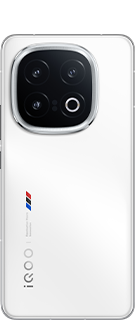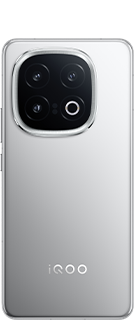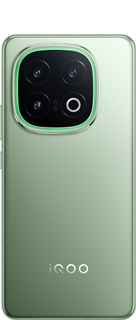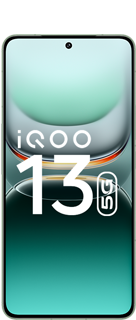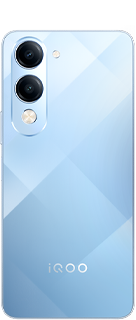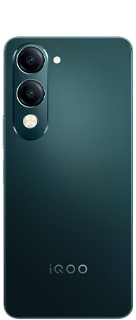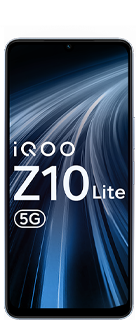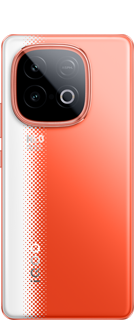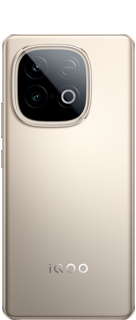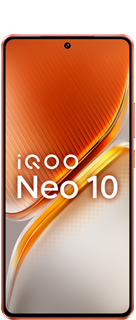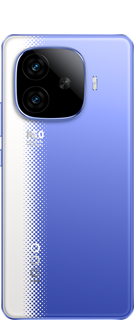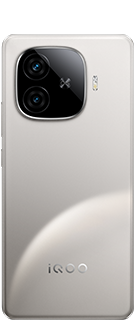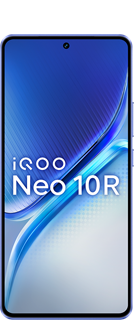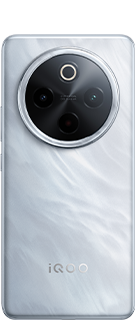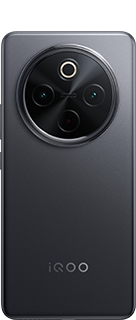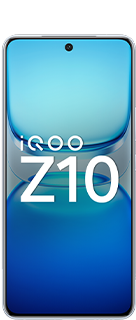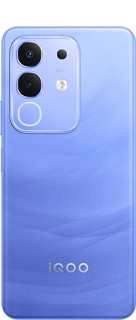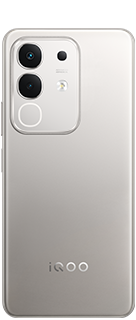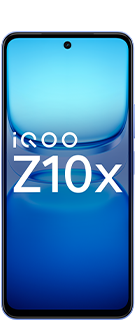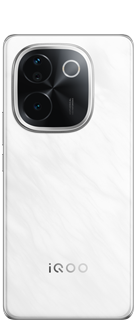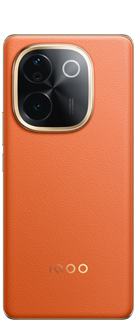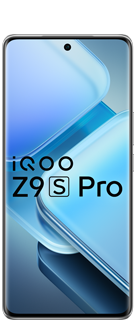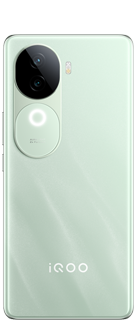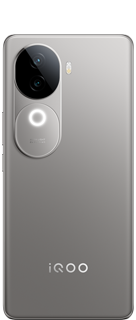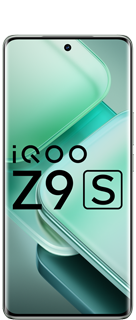The Evolution of Corning: From Bulbs to Smartphones

If you have a smartphone in your hand right now, it probably has a Corning Gorilla Glass. No matter the phone brand, Corning is the primary supplier of the glass used in the phone. But how did they become so big? Ever wondered, what is there story and did you know that CORNING is actually name of the city where this brand was born?
In the ever-evolving landscape of business, adaptation is not just a virtue; it's often a necessity. Companies that stand the test of time aren't merely those that stick to their original blueprint but those that have the foresight to pivot and innovate as the world around them changes. One such exemplary case is that of Corning Incorporated, a company that has seamlessly transitioned from being a traditional glass manufacturer to a pioneering force in the realm of technology.

Founded in 1851 in Corning, New York, Corning started its journey as a producer of glass products, primarily for household items like glassware and later, automotive headlights. For over a century, it thrived in its niche, gaining a reputation for quality craftsmanship and innovation in glassmaking techniques. However, it was the company's ability to adapt and diversify that truly set it apart.

The first significant shift came in the mid-20th century when Corning ventured into the realm of scientific glassware. This move laid the foundation for its future endeavors in the technology sector. The breakthrough moment arrived in the 1970s when Corning scientists invented a revolutionary product: low-loss optical fiber. This innovation proved to be a game-changer, as it paved the way for the widespread adoption of fiber optics in telecommunications, enabling faster and more reliable communication networks.

Building on this success, Corning continued to innovate and expand its technological portfolio. In the late 20th and early 21st centuries, the company made significant investments in research and development, focusing on areas such as display technologies, environmental technologies, and life sciences. One of its most notable contributions during this period was the development of Gorilla Glass, a highly durable and scratch-resistant material used in the screens of smartphones and other electronic devices.

The ability to anticipate market trends and invest in cutting-edge technologies has been instrumental in Corning's transformation. Instead of resting on its laurels as a glass manufacturer, the company has consistently pushed the boundaries of innovation, positioning itself as a leader in multiple sectors.

Another key aspect of Corning's success lies in its strategic partnerships and collaborations. Recognizing the importance of collaboration in today's interconnected world, Corning has forged alliances with leading companies across various industries, including consumer electronics, healthcare, and automotive. These partnerships have not only expanded its market reach but also facilitated the cross-pollination of ideas and expertise, driving further innovation.

Furthermore, Corning has embraced sustainability as a core value, integrating environmentally friendly practices into its operations and product development processes. By prioritizing sustainability, the company not only reduces its environmental footprint but also appeals to an increasingly eco-conscious consumer base.
As we look to the future, Corning shows no signs of slowing down. With ongoing investments in emerging technologies such as 5G infrastructure, advanced materials, and biopharmaceuticals, the company remains at the forefront of innovation. Its ability to evolve with the times while staying true to its core principles serves as a testament to its resilience and vision.

In conclusion, Corning's transformation from a humble glass maker to a technology powerhouse exemplifies the essence of adaptability and innovation in business. As the company continues to push the boundaries of what's possible, its journey serves as an inspiration for businesses everywhere, reminding us that with vision and perseverance, anything is achievable.
Did you know this story about Corning - the most loved glass brand in tech? If this was new, drop a like and a comment below.
Au revoir,
Vader Bhaiya
Please sign in
Login and share
